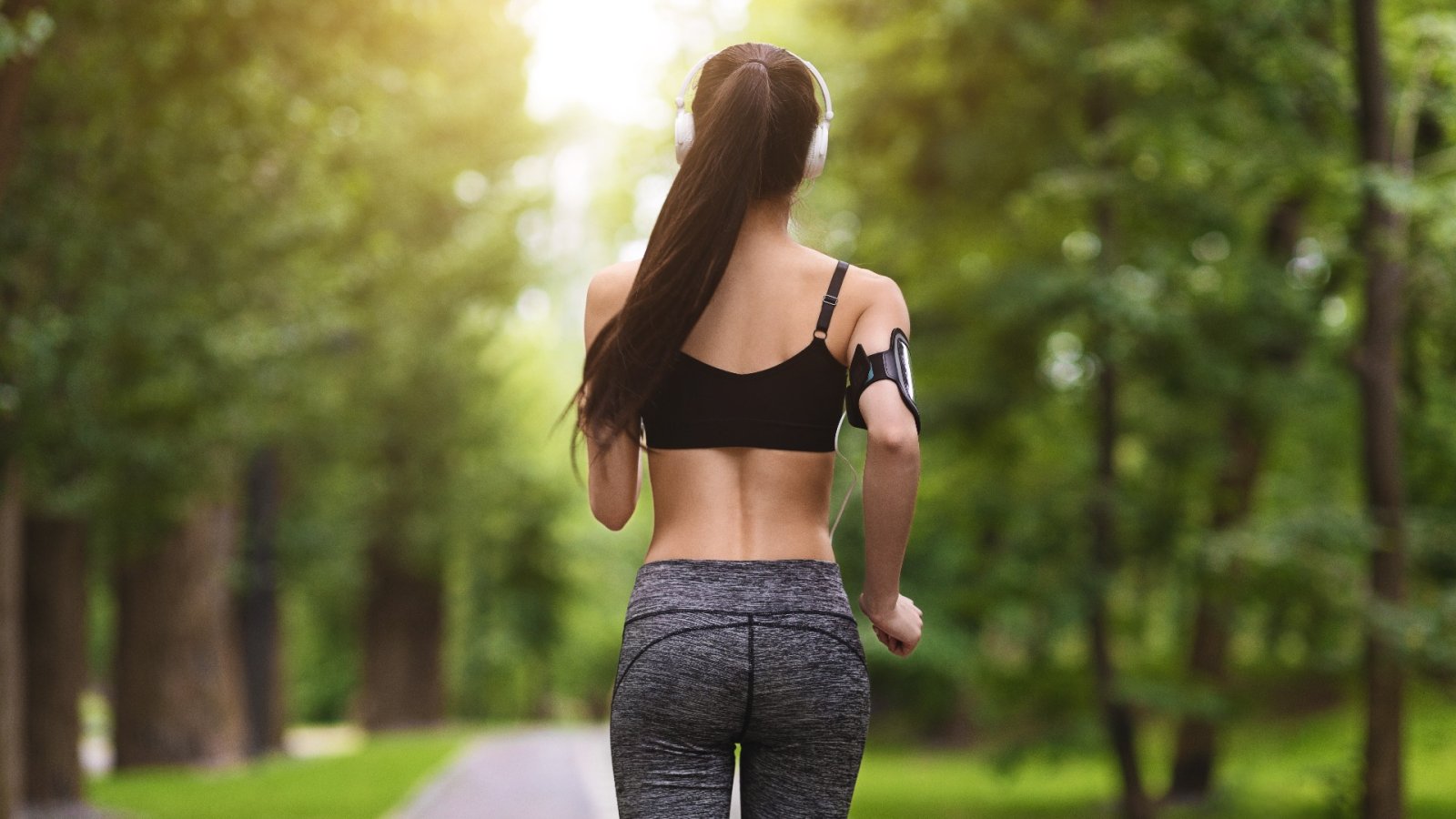Running is a well-known and popular form of exercise that is known for its efficiency, convenience, and benefits. However, some experts suggest that you can get even more out of your running routine by trying a new technique - running backward.
The hashtag #runningbackwards on TikTok has gained 1.2 million views, with other related hashtags such as #reverserunning, #backwardrunning, and #runbackwards also gaining popularity. Fitness experts, like Antonio Gillespie, a certified trainer and founder of Prolongevity Fitness, are highlighting the benefits of reversing your run on TikTok. Gillespie claims that running backward works the opposite muscle groups, such as the quads and shins, and also leads to a stronger and more enduring base.
According to Gillespie, running backward burns 2 to 3 times more calories than conventional forward running. He claims that running eight miles backward is equivalent to running 16 to 24 miles forward.
What is more, he states that running like this conditions the heart 2 to 3 times more, strengthens the back and core 2 to 3 times more, and improves mental fortitude and breathing efficiency. Another video demonstrates a runner running backward on a treadmill and other fitness influencers such as @blondlocs also reported that running in this style has brought them numerous benefits. But can running backward really provide all these benefits?
Reverse running, also known as backward running, is a form of exercise that involves moving in the opposite direction of forward running. According to Frankie Ruiz, a cross-country running coach and co-founder of the Life Time Miami Marathon, reverse running requires a different combination of form, technique, and muscles than regular running.
He notes that the term running may not be entirely accurate and suggests that it should be referred to as a different activity. The goal of reverse running is the same as forward running, which is to progress through space while at least one or both feet leave the ground. However, the action of running backward involves a coordinated movement of the body in the opposite direction. According to Ruiz, the concept of reverse running has been around for years and is used by many sports as a warm-up and agility practice. He notes that endurance athletes at all levels use reverse running as a form of rehabilitation, especially after injuries to the knees or hips.
The movement is prescribed as a way to ease back into aerobic conditioning as it distributes the stress differently. Elizabeth C Gardner, MD, an associate professor and orthopedic surgery head team physician at Yale University, adds that Dr. Robert Stevenson was one of the first to formally write about reverse running in his book titled Backward Running. He explains that this type of running offers a slightly different set of benefits than regular running, particularly for those who have been practicing forward running for a long time. While the aerobic benefits will be similar, the muscles used will differ.
The truth is, reverse running is similar to changing the volume or intensity of forward running or running uphill versus downhill, as a study published in the Journal of Strength and Conditioning Research found. The study says that running backward improved running economy among athletes, making them better runners overall. But it also included eight highly-trained runners. Unlike forward running, which primarily uses the muscles in the front of the legs, such as the quads and anterior tibialis, reverse running primarily uses the muscles of the posterior chain, such as the calf muscles and glutes. Plus, within a minute or two of reverse running, you will start to feel the burning in your calves.
Did you know? Reverse running may also be easier on the knees, as the muscles involved in absorbing the impact are different, placing less stress on the knees. Ruiz explains that reverse running will recruit lesser-utilized muscles resulting in muscle growth and toning.
With regards to claims that running backward can burn more calories than forward running, Gardner states that it's not so straightforward. Many factors such as heart rate, age, and others, affect how many calories you burn during any particular activity. It is the intensity that matters most. However, it also induces more muscle activity than running forward, so it makes sense that one might burn more calories. Some research suggests that backward walking or running reduces body fat more than forward exercise, but there is no conclusive data on exact calorie expenditure differences. As for the purported benefits in terms of boosting brain power and cognitive function, studies have shown that it's probably similar to the brain-stimulating benefit one gets from other types of running, like on a trail where you need to pay attention to obstacles and terrain changes.






